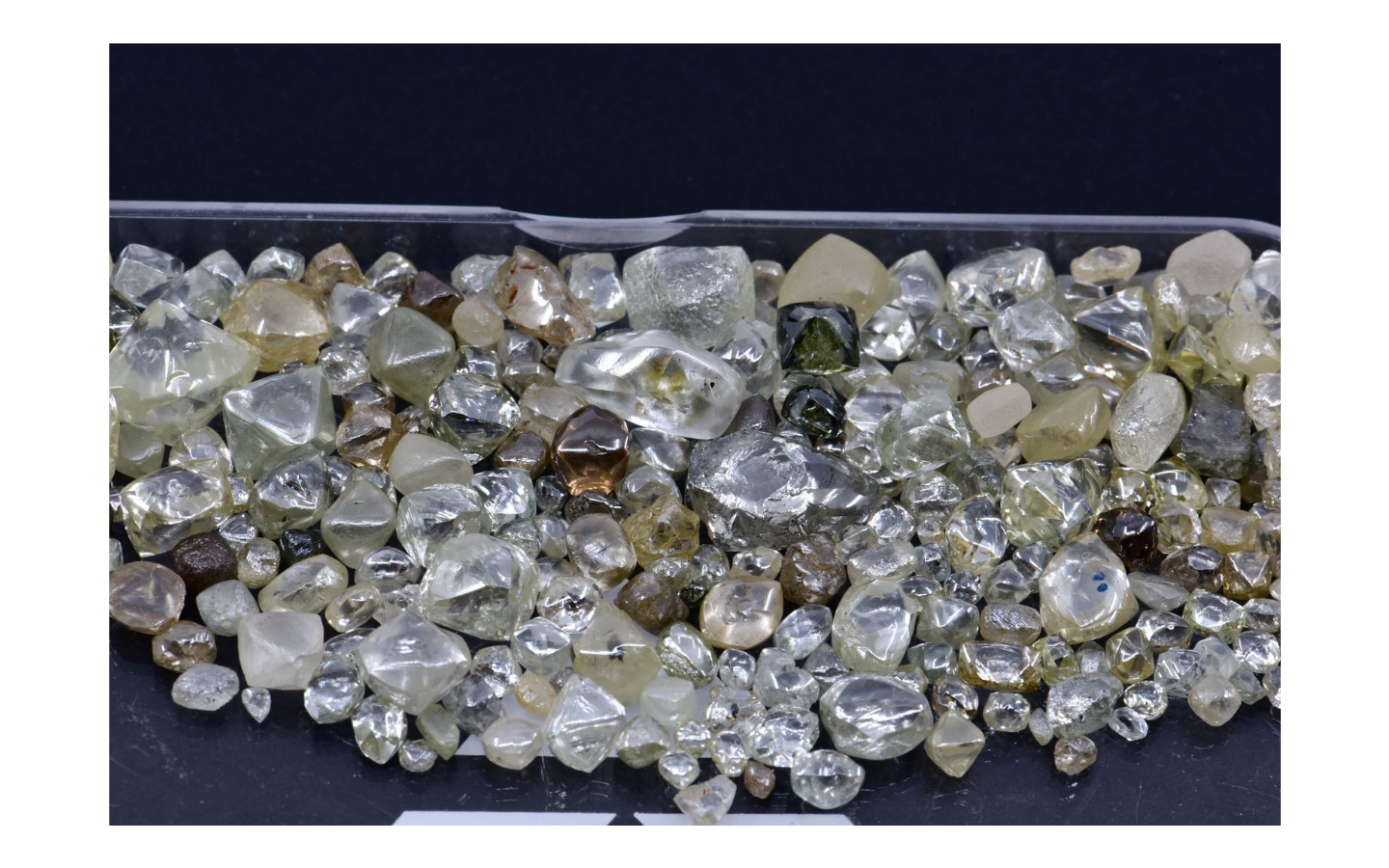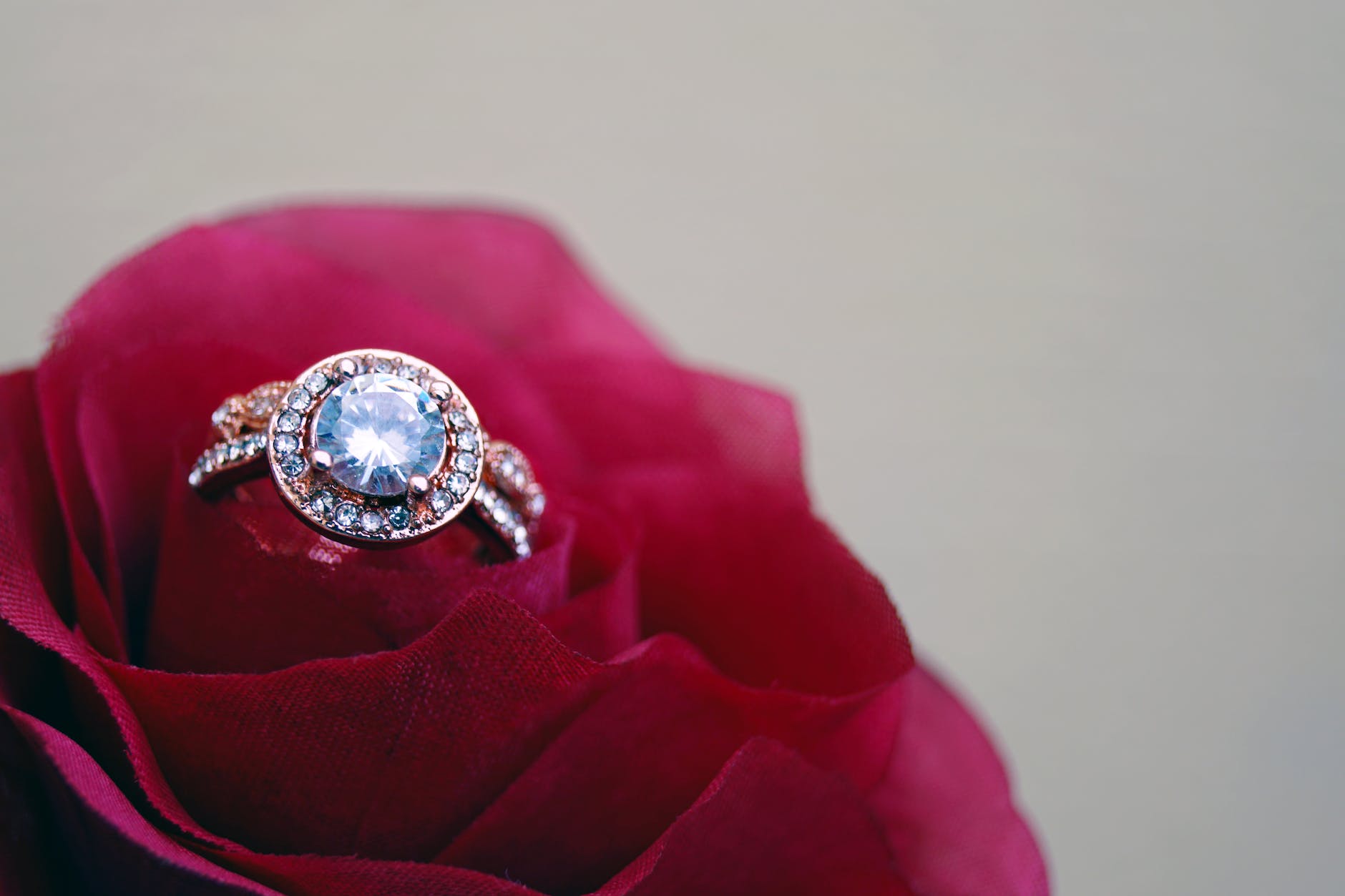In August 2016, ivory was banned from trade on French territory following an order issued by the government at the time. After an outcry from professionals who regularly use this way and a public consultation carried out from 22 December 2016 to 22 January 2017, the government made changes to its first text in May 2017. Here, for those who regularly ask questions on this subject, is how the ivory trade has worked in France since May 2017.
Published in the Journal Officiel on 7 May 2017, the decree of 4 May of the same year significantly modifies the modalities of the trade of this material (but also of rhinoceros horn) on our territory. In doing so, the text introduces four specific regimes depending on the objects. Be careful to read each regime carefully as it is very easy to make a mistake.
– PROHIBITION :
The transport for commercial purposes, the peddling, the commercial use, the offering for sale, the sale or the purchase of raw tusks and pieces of raw ivory, raw horns, pieces of raw horn and horn powder of objects manufactured after 2 March 1947 composed in whole or in part of ivory and/or horn are prohibited throughout the national territory and at all times.
– FREE :
- Articles made after 2 March 1947 and before 1 July 1975 consisting wholly or partly of ivory or horn, where the mass of ivory or horn present in the article is less than 200 grams
- Ivory keys and pullers of keyboard musical instruments
- Bows of bowed stringed instruments
- The commercial use of ivory or horn specimens where the sole purpose is their display to the public for scientific or cultural purposes by museums or other scientific or cultural research or information institutions
- The offering for sale, sale and purchase, within nine months of the publication of this Order, of new tableware, other cutlery or smokers’ items manufactured before 18 August 2016 using ivory that are older than 18 January 1990. This brings the deadline to 4 February 2018 – midnight – at the latest. After that date, trade in such items should be prohibited.
-EXEMPTION TO THE PROHIBITION
- The transport for commercial purposes, the peddling, the commercial use, the offering for sale, the sale or purchase and the trade of objects containing more than 200 grams of ivory or horn which are proven to have been manufactured after 2 March 1947 and before 1 July 1975, the date of entry into force of the Convention on International Trade in Endangered Species of Wild Fauna and Flora. The age of the specimens must be established by the holder of the specimens by any means of expertise and if necessary by radio-dating, provided that the removal of ivory or horn from the specimen to be dated does not impair the quality of the specimen.
- The restoration of objects made before 18 January 1990 using ivory from raw tusks or pieces of raw ivory imported into the European Union before that date and legally acquired.
- -> These derogations do not exempt the issuance of the documents provided for by the above-mentioned EC Regulation No. 338/97 of 9 December 1996, for the transport and use for commercial purposes of certain specimens of the species listed in the present decree and listed in Annex A of the said regulation. These documents shall then mention the exemptions to the prohibitions set out in Article 1 of the Order of 4 May 2017
– PRIOR DECLARATION :
- The procedure is provided for inArticle L. 412-1 of the Environmental Code and concerns only, throughout the national territory and at all times, the transport for commercial purposes, the peddling, the commercial use, the offering for sale, the sale or the purchase of objects manufactured before 2 March 1947 composed in whole or in part of African elephant (Loxondonta sp.) or Asian elephant (Elephas maximus) ivory, where the proportion of ivory in the article exceeds 20% by volume, and/or rhinoceros horn (Rhinocerotidae sp.), where the proportion of horn in the article exceeds 20% by volume.
Derogations can be issued by a DREAL in the region and by the DRIEE for the Ile de France. Prior declarations are recorded in a national register. Please note that these formalities do not dispense with the formalities involved in obtaining CITES permits for the objects.
I hope that you will see this subject a little more clearly. Do not hesitate to ask your questions in the comments, I will try to answer them as much as possible.
See you soon!







